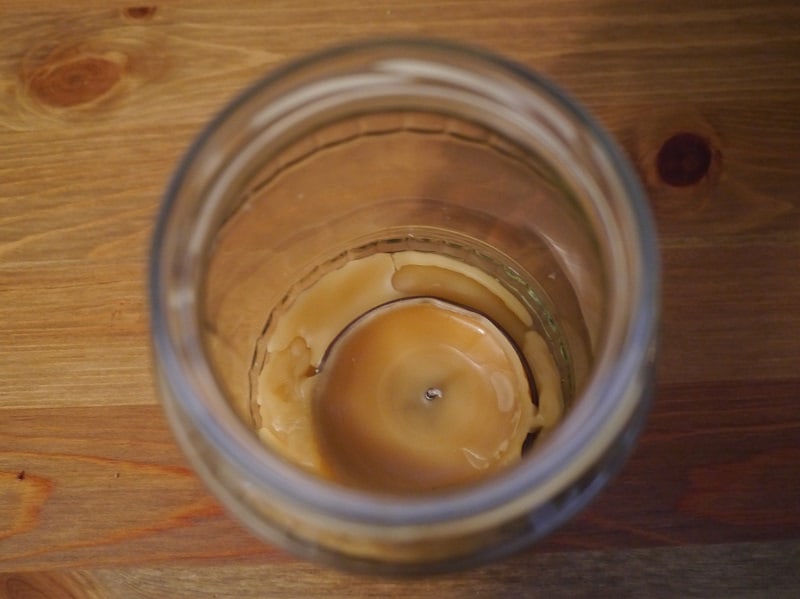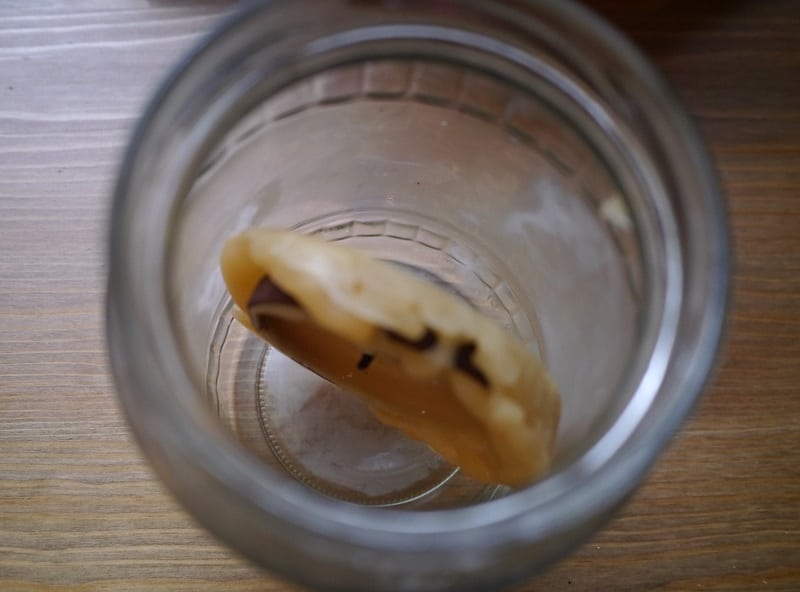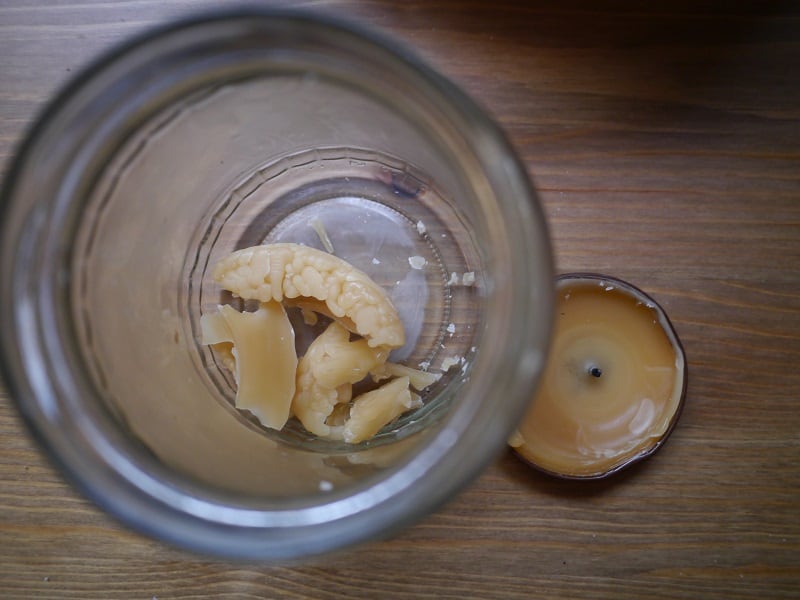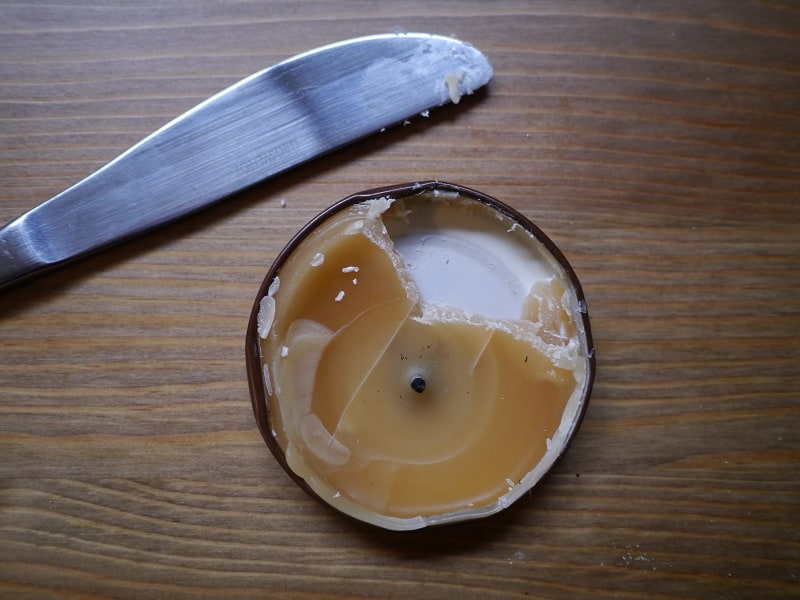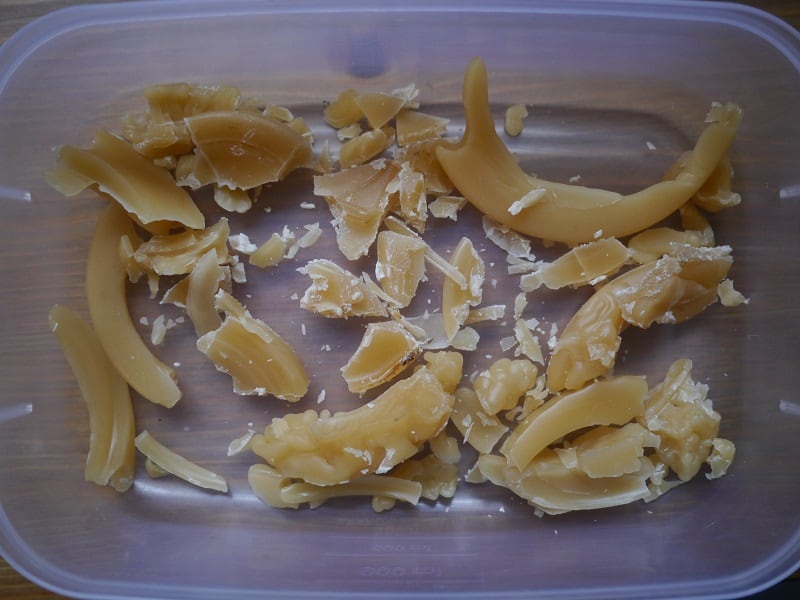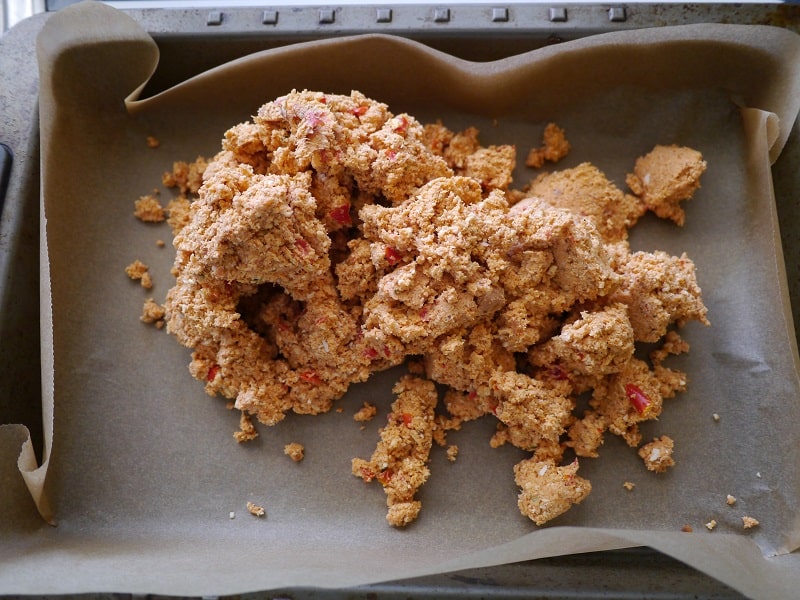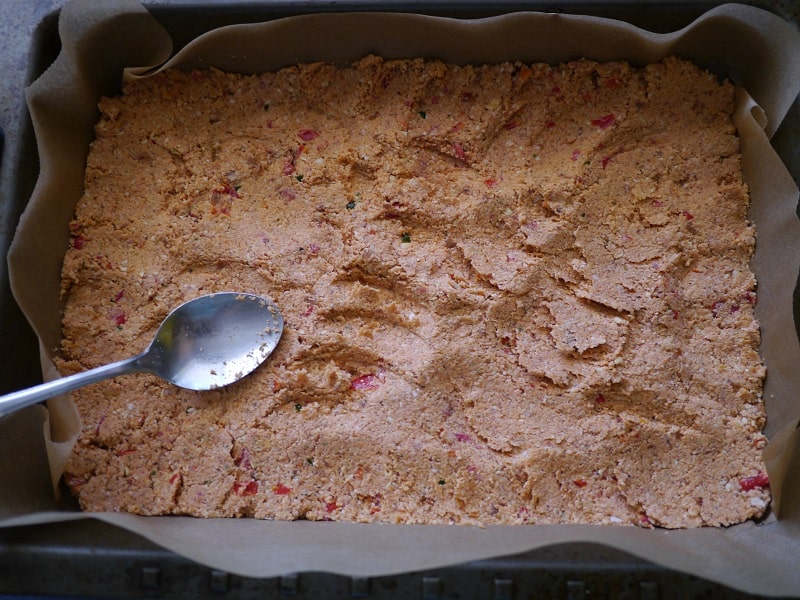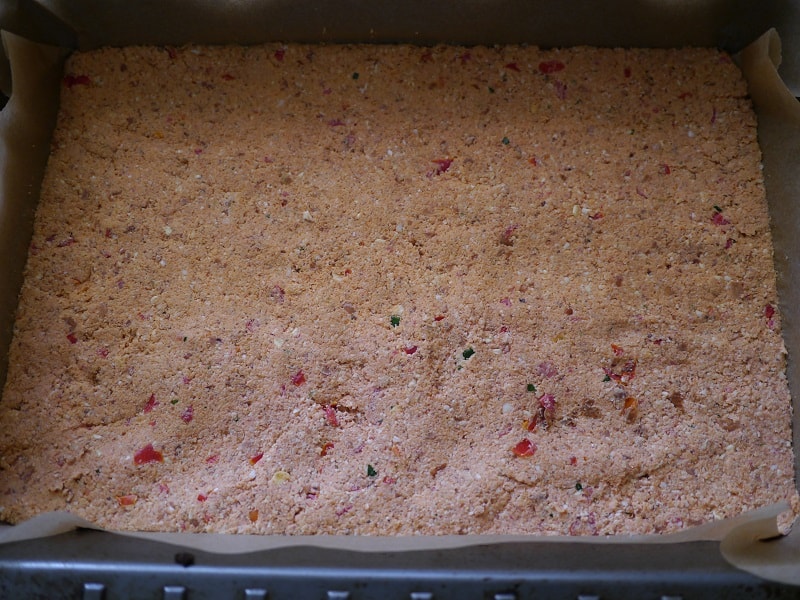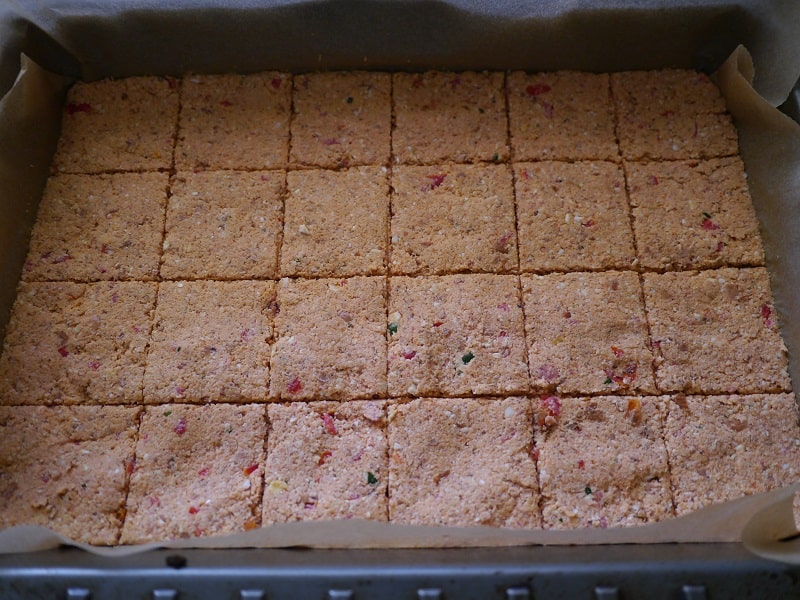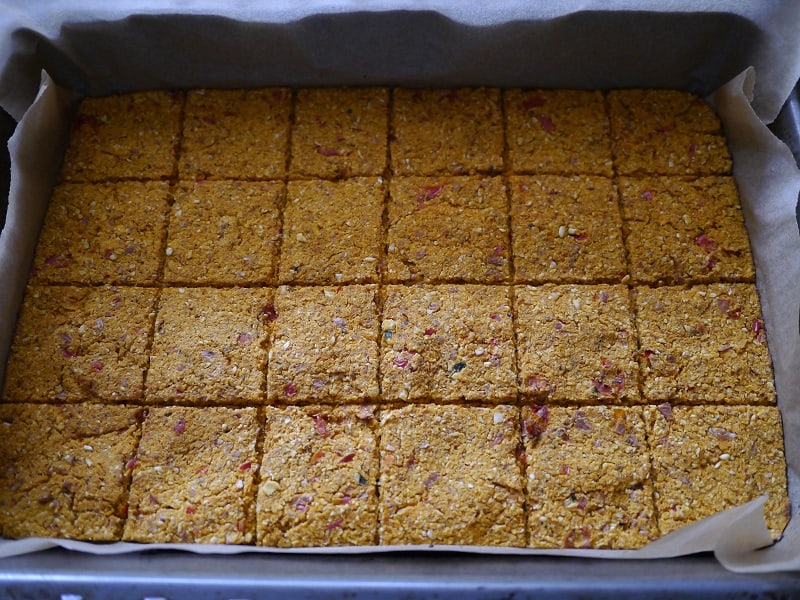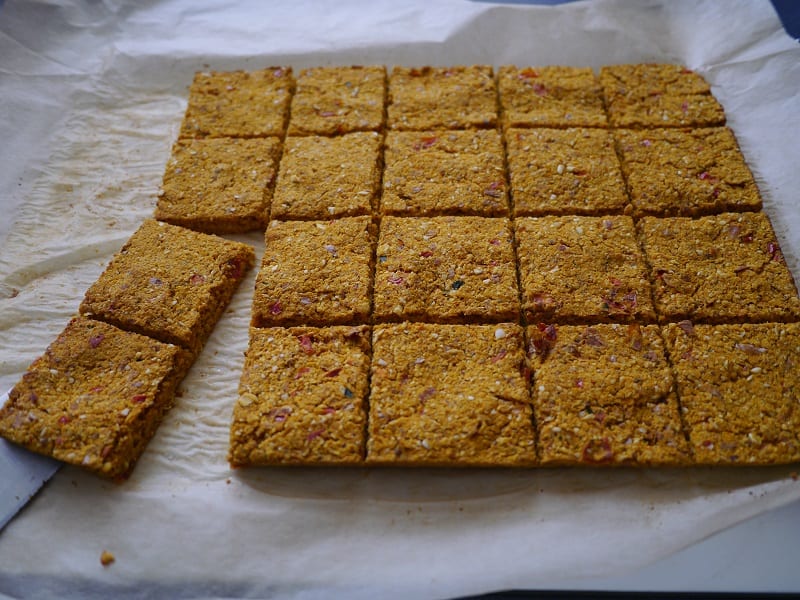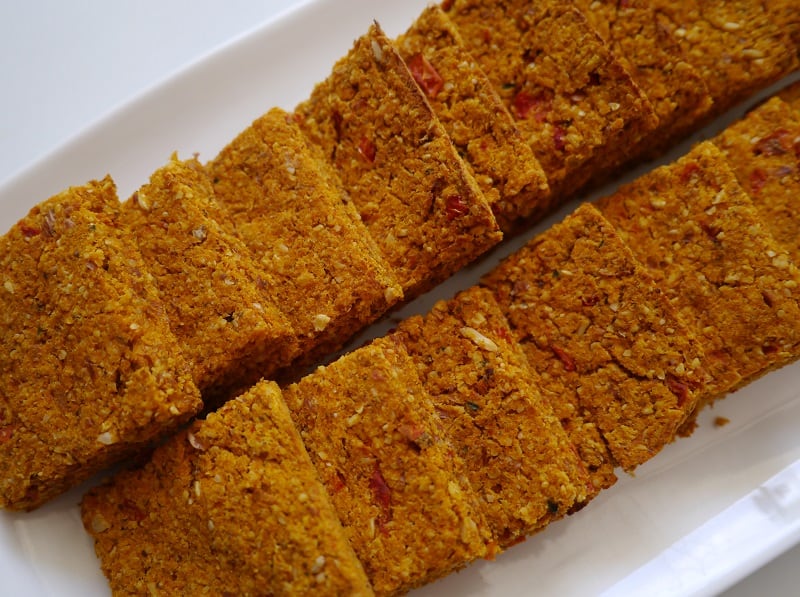The Last Day of Plastic Free July…and a Debrief!
Phew. It’s the 31st, and that means Plastic Free July is over. Everyone breathe a sigh of relief! Whether this was your first attempt at going plastic-free, or whether you’re a seasoned veteran, it’s still a tough challenge. Even as someone who has boycotted plastic for two years, I find it tough.
Why? Because it’s confronting. It makes you question your habits, your decisions, your values – and then puts you up to the test. It’s that feeling of compromise that I mention so often…wanting to do the right thing, knowing what the right thing would be, but when faced with a decision in that moment, it doesn’t seem so black-and-white.
Maybe it’s the cost. Overall I’ve found that quitting plastic has reduced my food bill, but when you’re starting out it often isn’t that way. You probably make choices for the products you buy based on cost – so when you start basing your choices on packaging, the cost can skyrocket. If you’re still shopping in your regular shop, and for your regular items, this is likely. Slowly though, as you start finding alternative places to shop and start choosing different products, your costs go back down.
Maybe it’s the time. When you’re in a routine, and you buy the same things week in, week out then you can shop without thinking. Most of us could navigate round our regular shop with our eyes closed. But suddenly we have to start again. We have to make new choices, look for alternatives, maybe find new places to shop. The time spent shopping increases (and who wants that?!). It’s easy to write it off and go back to your old ways. Remember though, habits take time to form. If you stick with it, you’ll end up with a new routine that is just as painless as the last, and one that you can do without thinking too. Give it time.
Maybe it’s your morale. At the start of a challenge, we feel excited and ready to go. As time goes on, slip-ups happen, we struggle to find what we want, we feel drained and it all feels too hard. When we feel like this, it’s tempting to give up. Remember, though…change is never easy. However, it will get easier over time. Don’t dwell on what you can’t change, focus on what you can change. Celebrate your successes. If you need time out then take it, and come back when you’re feeling ready to give it another go.
Maybe it’s your ego, resisting. I’m not talking morale here, I’m talking about your ego, your mind, your inner voice. You know the one. The voice that persuades you to eat that extra piece of chocolate cake, even though you’ve already eaten two bits and you’re really far too full! (Or is that just me…?) Plastic Free July is going really well, you’ve had no slip-ups, you’re feeling pleased with yourself and all of a sudden you have an overwhelming desire to go and buy something completely smothered in plastic. Not because you need it, or even want it necessarily: it’s your ego trying to take back control – coaxing with “why shouldn’t you?” “who cares?” and “what does it matter?”. It’s a feeling of defiance and of rebellion. At some stage, we’ve all been there. Give in, if you have to, but don’t give up. Keep persisting, and these feelings will pass.
Whatever it is, remember we are all in this together! You’re not alone. There is a growing community of people who are going plastic-free, who have ideas, tips and suggestions, can listen and offer support when you’re struggling and can celebrate with you when you finally find something you need that’s plastic free and your regular friends think you’ve gone crazy. We understand!
If you want a bit more encouragement, check out how Plastic Free July changed our lives for the better; it’s a summary of my first year of living without plastic, and all the good things that came from it!
To everyone who took part in Plastic Free July – congratulations! It doesn’t really matter how well you did or how many slip-ups you made, the most important thing is that you took part. (Hopefully you had fun, made some new friends and learnt a thing or two, too!) After all, recognising that there’s a problem, and deciding to do something about it, is the first step. The first step is always the hardest. It will get easier from here!
Now I want to hear from you! Did you take part in Plastic Free July? What was the hardest thing for you? What was the easiest? Do you have any tips for people who have yet to take part – things you learned from the experience? Please leave a comment and let me know what you think!
[leadpages_leadbox leadbox_id=1429a0746639c5] [/leadpages_leadbox]

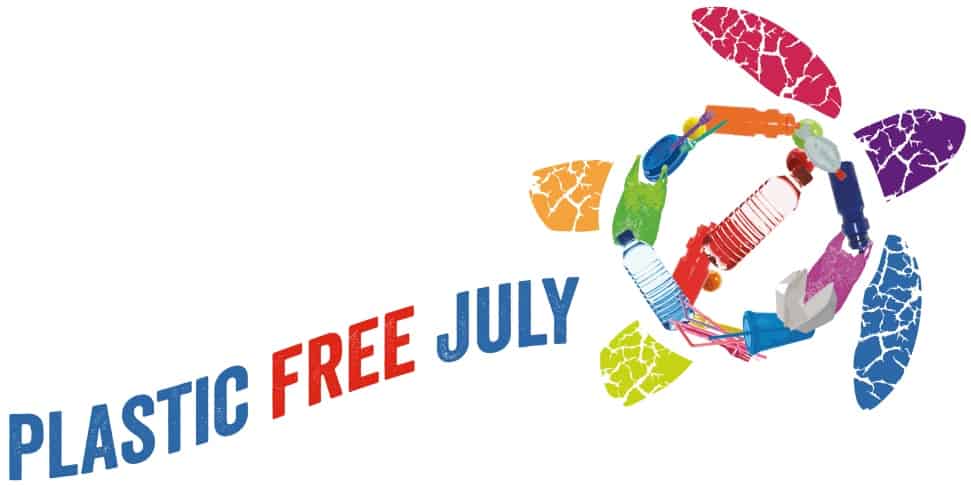


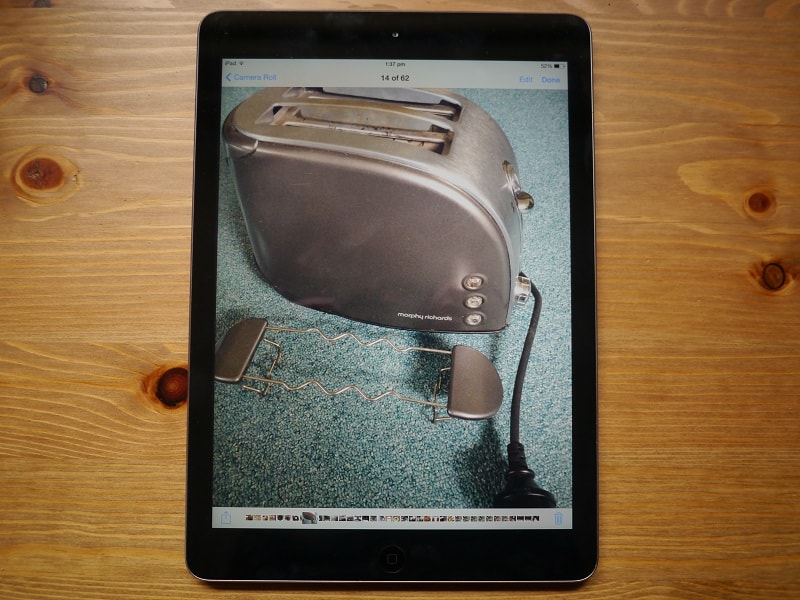
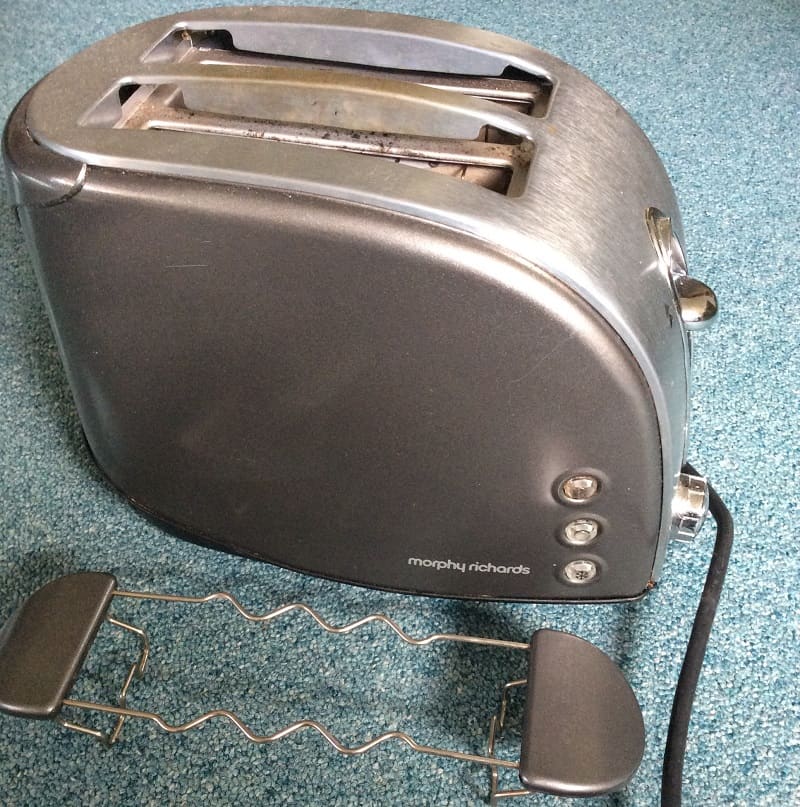

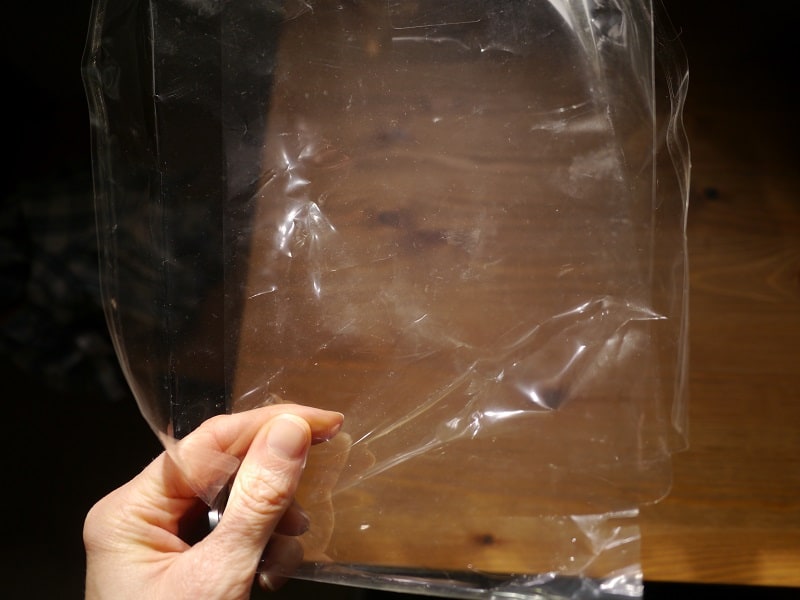
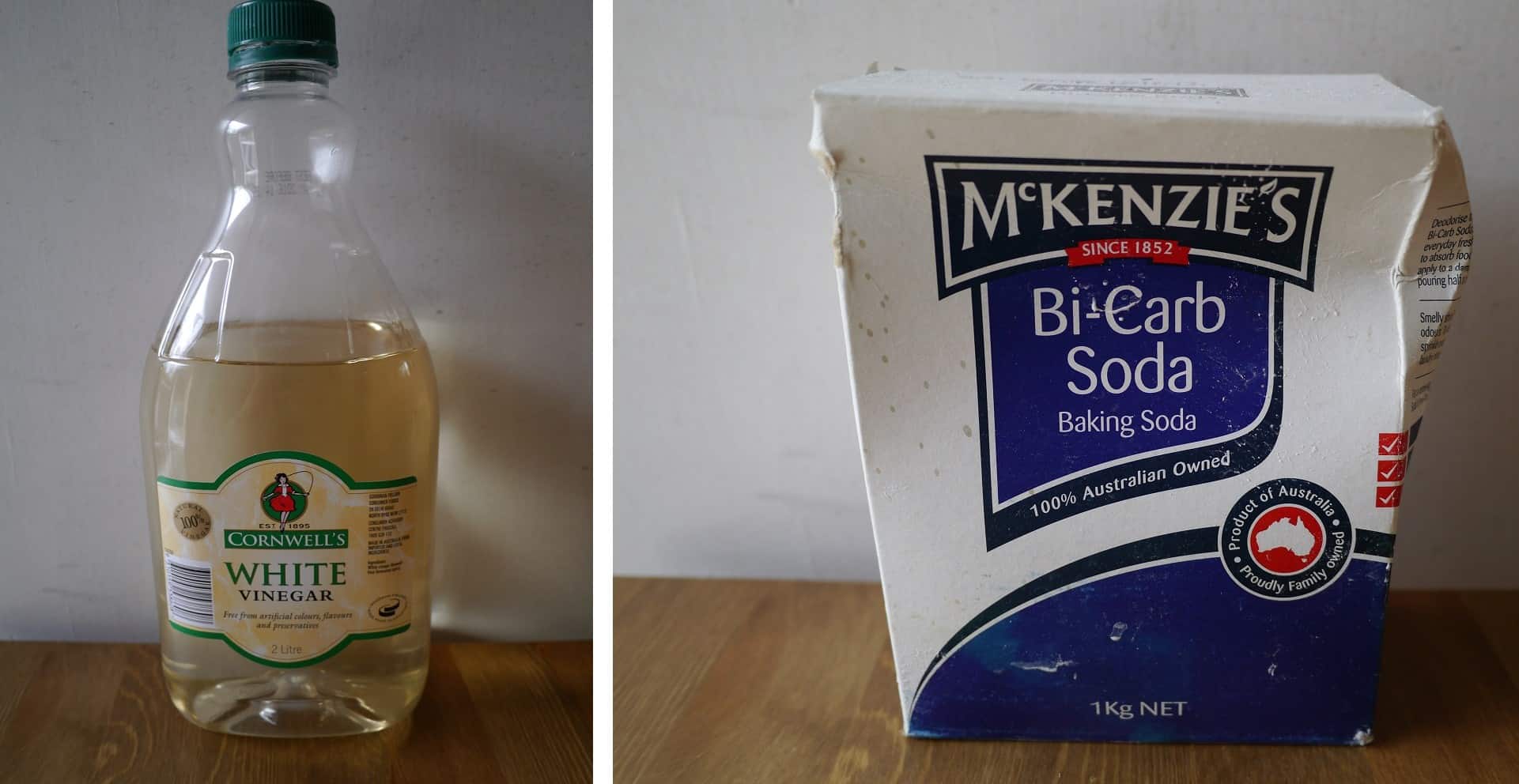
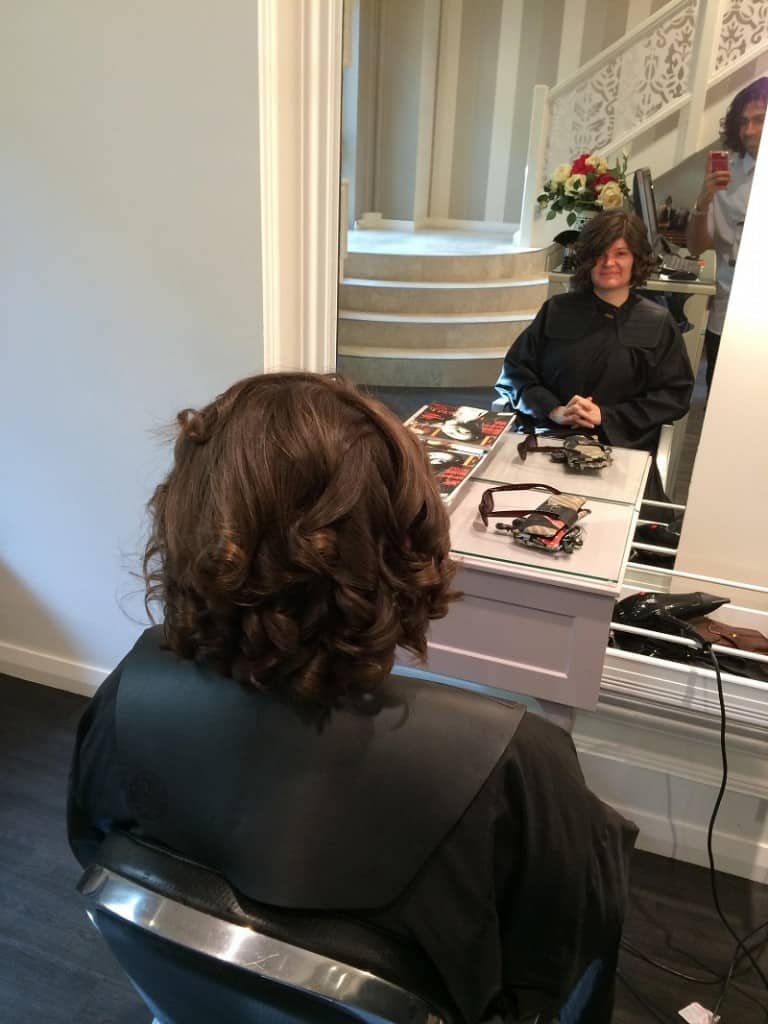

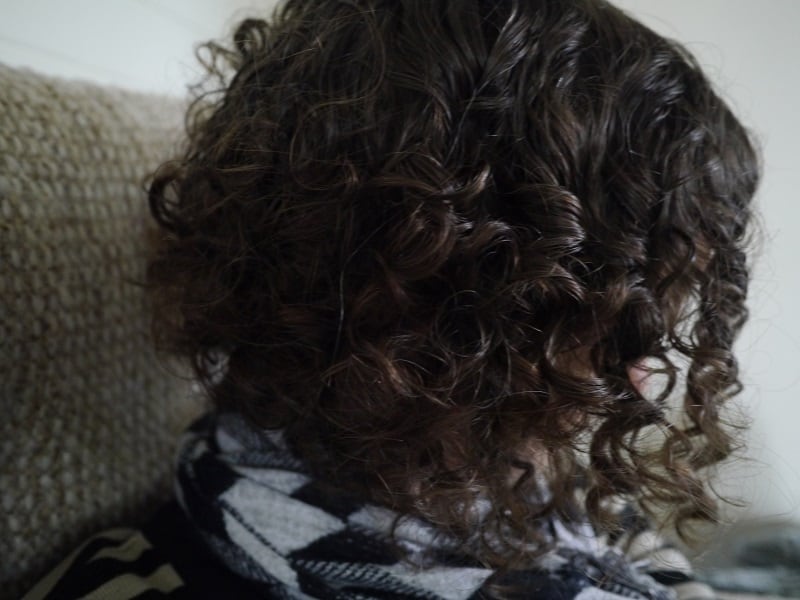
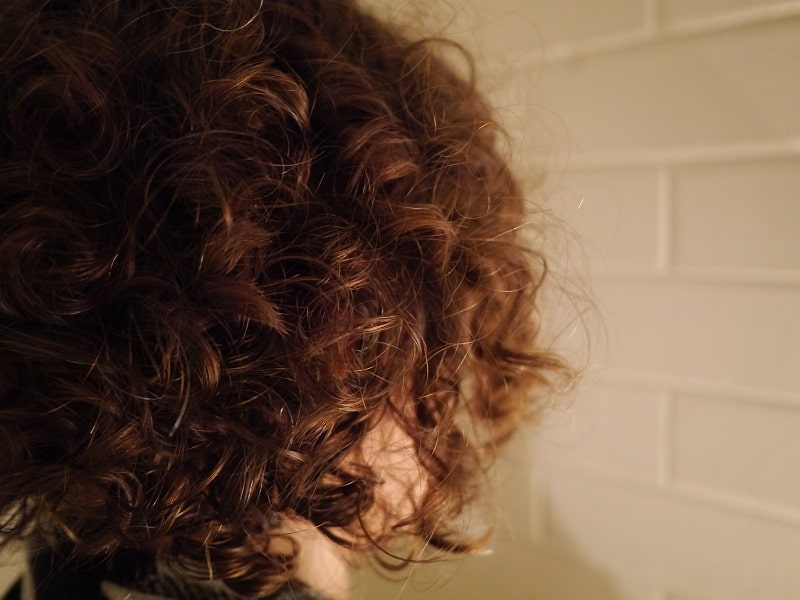


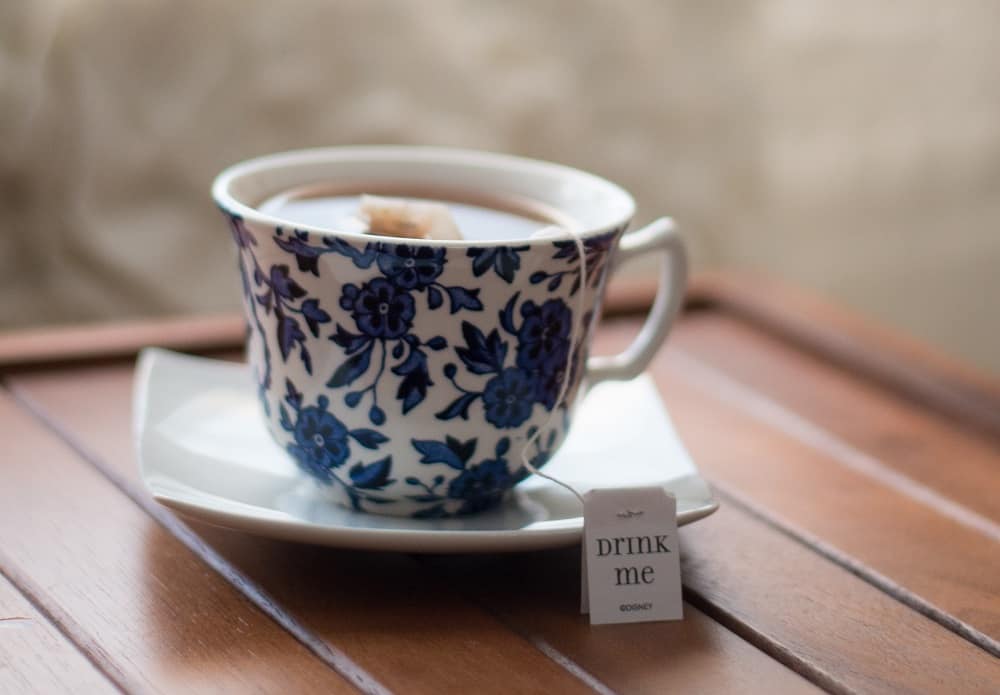
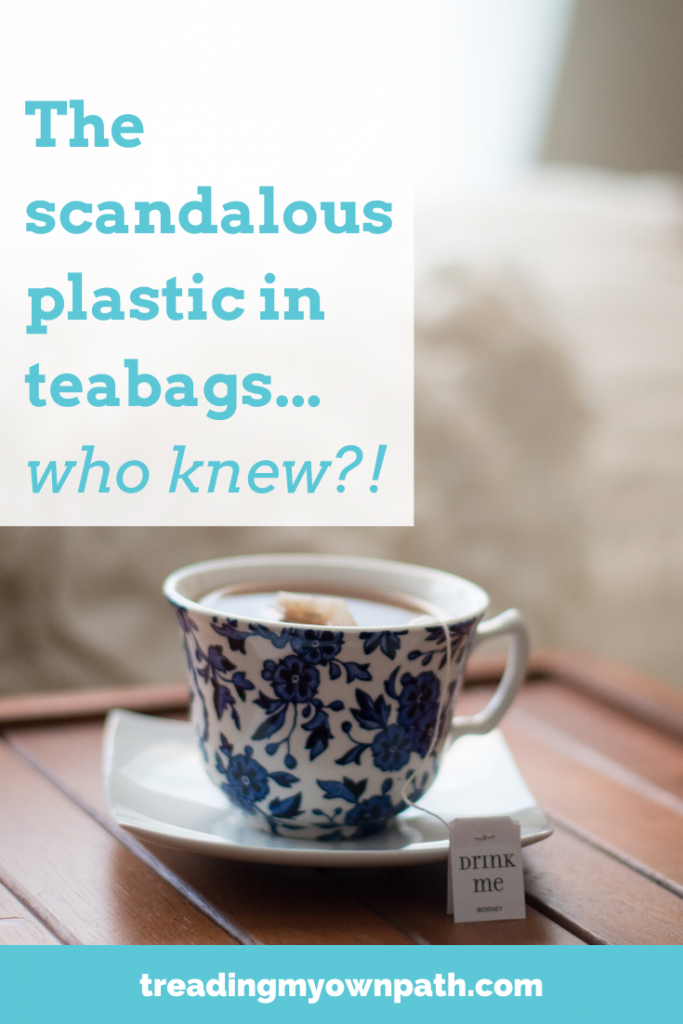
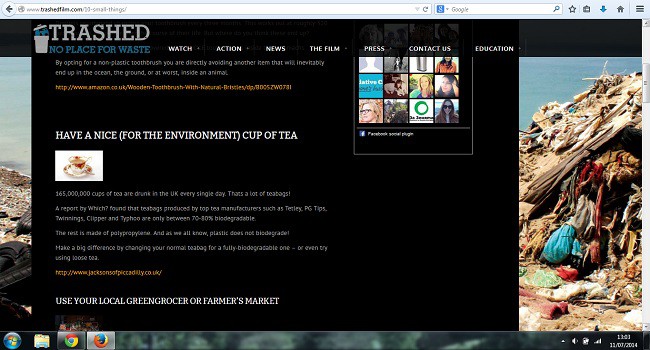
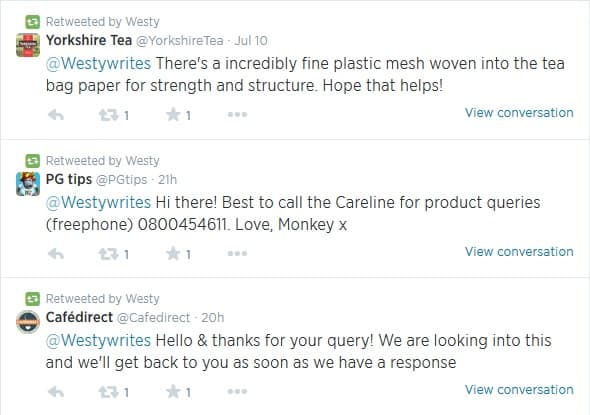
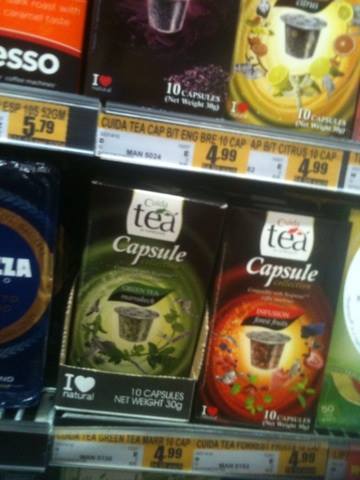
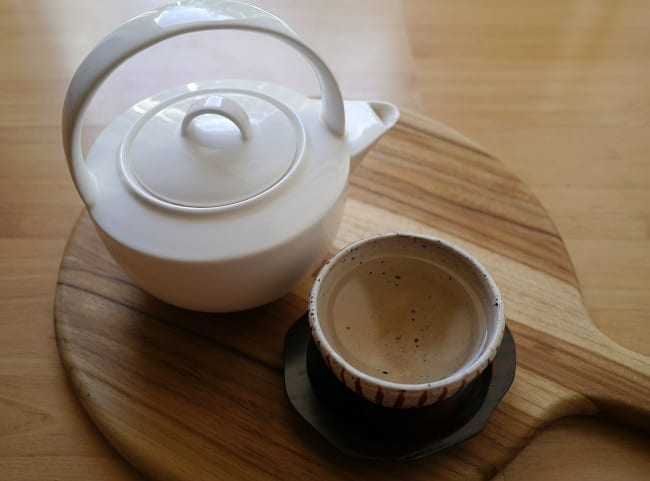
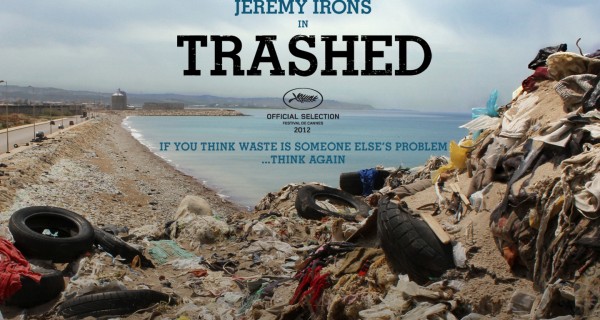

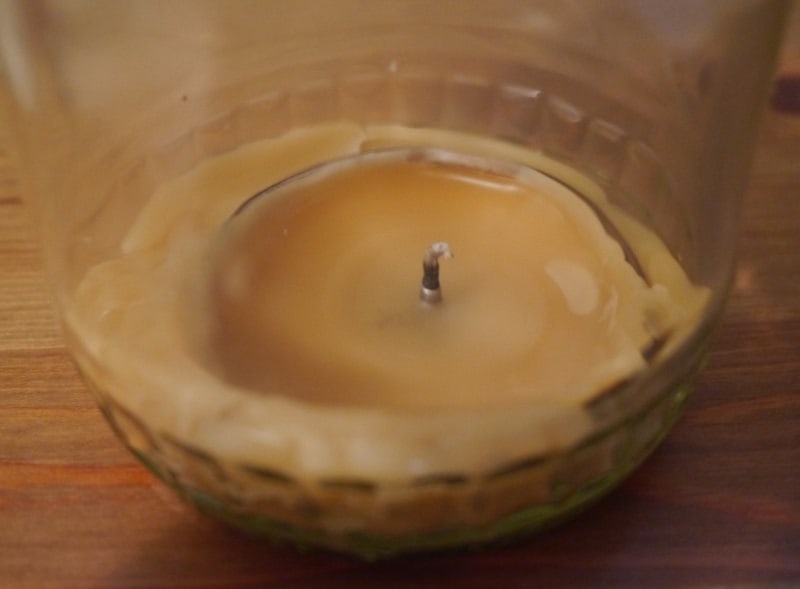 This is what my poor glass jar looked like. The wax looked well and truly molded in there. But I wasn’t chucking it away without a fight. Oh no!
This is what my poor glass jar looked like. The wax looked well and truly molded in there. But I wasn’t chucking it away without a fight. Oh no!